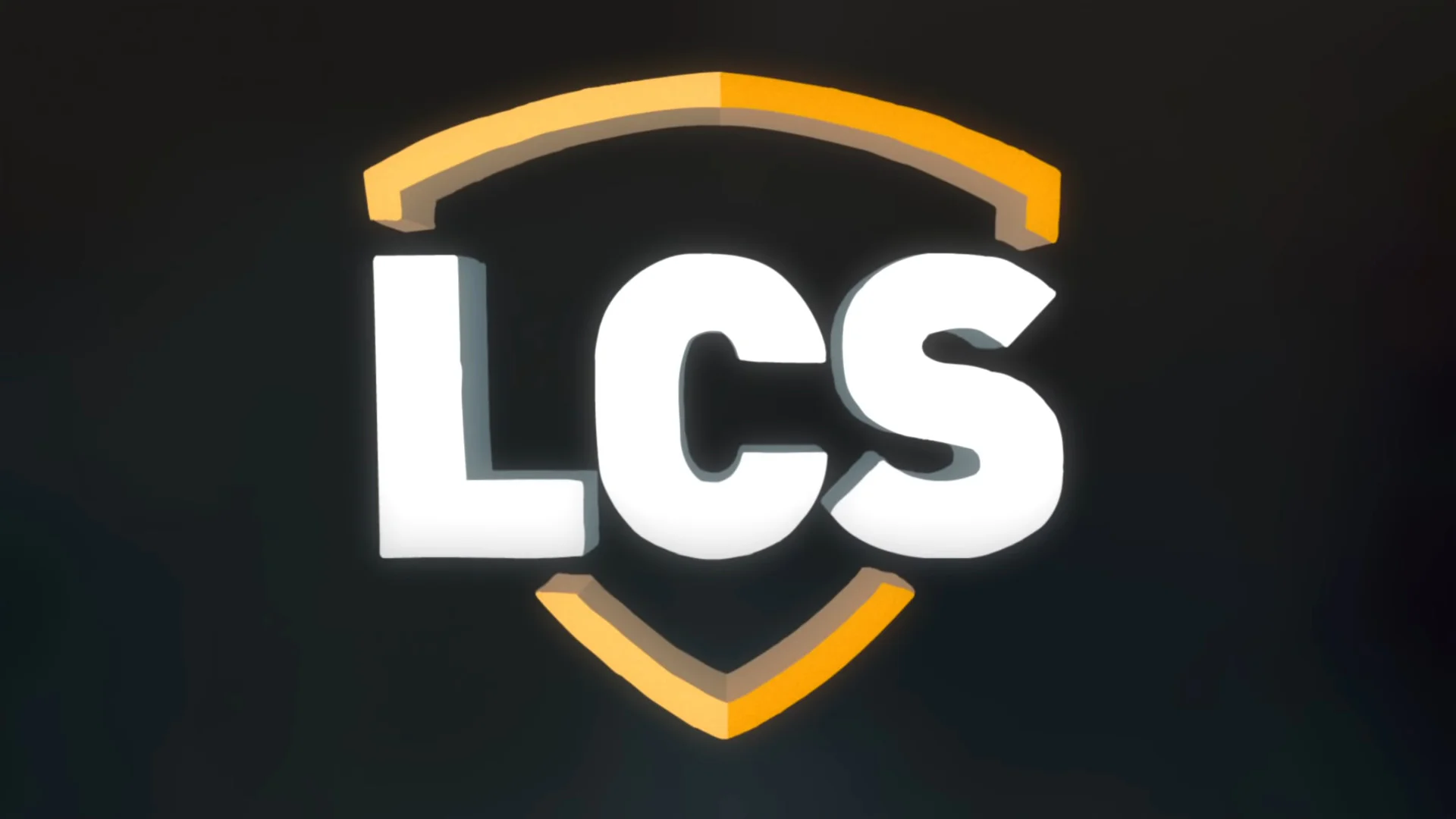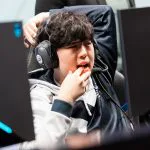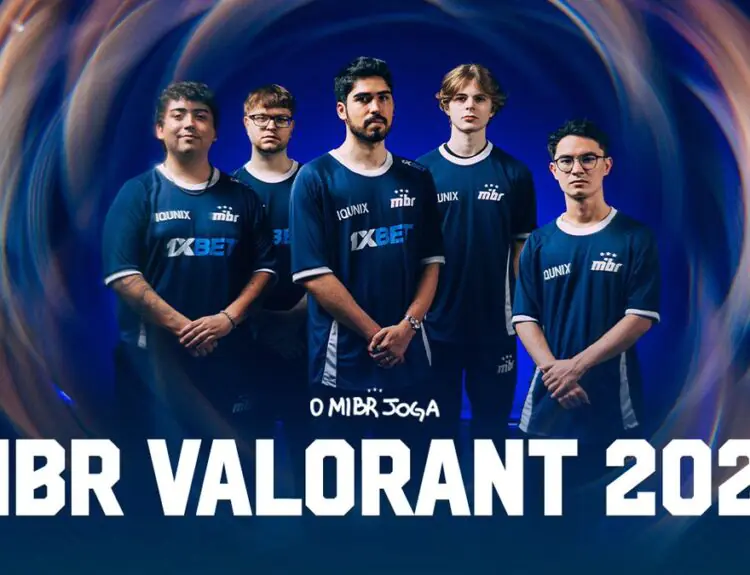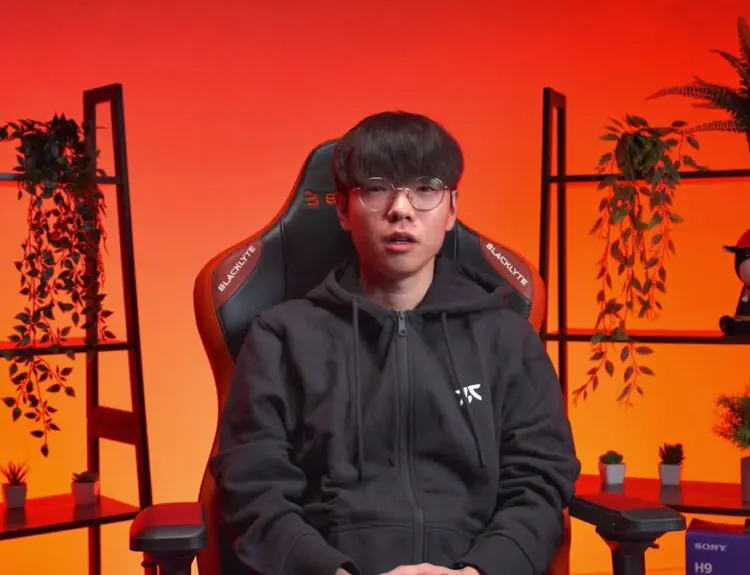Come Worlds season, it’s easy to bag on the LCS. After all, North America has never actually won Worlds to prove itself as the best region in the world. Every other major region, including the now-defunct LMS, has a Summoner’s Cup.
And that won’t change in 2020 after all three NA League of Legends teams were eliminated before the knockout round.
But for some reason, the criticism went up a level this year. Reading feedback on Reddit and social media, Worlds felt like a game of Among Us where the NA teams were imposters, sabotaging the quality of play from the teams from Europe, Korea, and China that actually deserved to be there.
Nothing could be further from the truth. After what feels like years of collective failure at international events, criticism is easy and at times, well warranted. Throughout the year, pundits and fans have complained about nearly everything, from the region’s talent pool to the solo queue environment and even the production quality of the remote COVID-safe broadcast.
There’s truth in a lot of that criticism and it’s more apparent than ever before that LCS teams just aren’t as good as those from other regions. But it also belies the strides the region has made and hides what makes the LCS truly valuable.
The first thing to remember about Worlds 2020 is that this is a year unlike any other in the history of professional sports. That’s not an excuse for anybody, and 2020 titles don’t come with asterisks. But it’s unfair to just label this as another year in a sad history of NA sucking at Worlds.
Teams all over the world struggled to grow and evolve this year as COVID-19 halted competition and had many coaches scrambling back to the drawing board. Cloud9 and T1 dominated in the spring, yet failed to improve upon their respective domestic championships and ultimately missed Worlds entirely. Mad Lions in EU did make the tournament, but they arrived in Shanghai a shell of themselves, sapped by unfriendly meta changes and an inability to keep up in draft.
The teams that kept chugging along were, for the most part, established EU squads like G2 and Fnatic, who made few changes from last year, and Chinese teams like JDG and TES who have spent years developing unique playstyles and were already on the cusp of dominance. The remaining Korean team, Damwon, has a top-three trio who could each be considered the best in the world and have played together for a while.
Compare that to the three NA squads—FlyQuest, Team Liquid, and TSM—who each made major roster moves before and even during the season in a bid to gear up for Worlds. These teams knew going into 2020 they weren’t quite up to snuff, tried to fix it, and couldn’t get their new rosters into gear.







